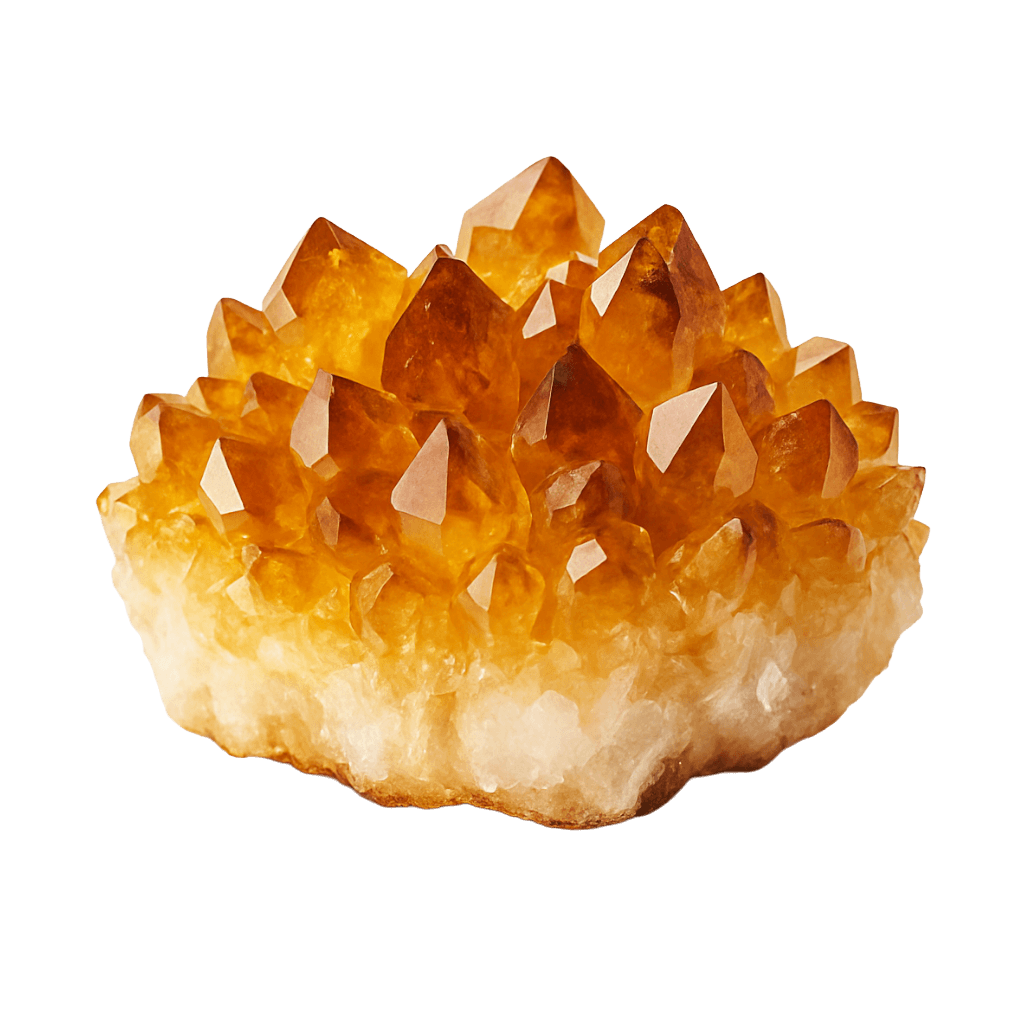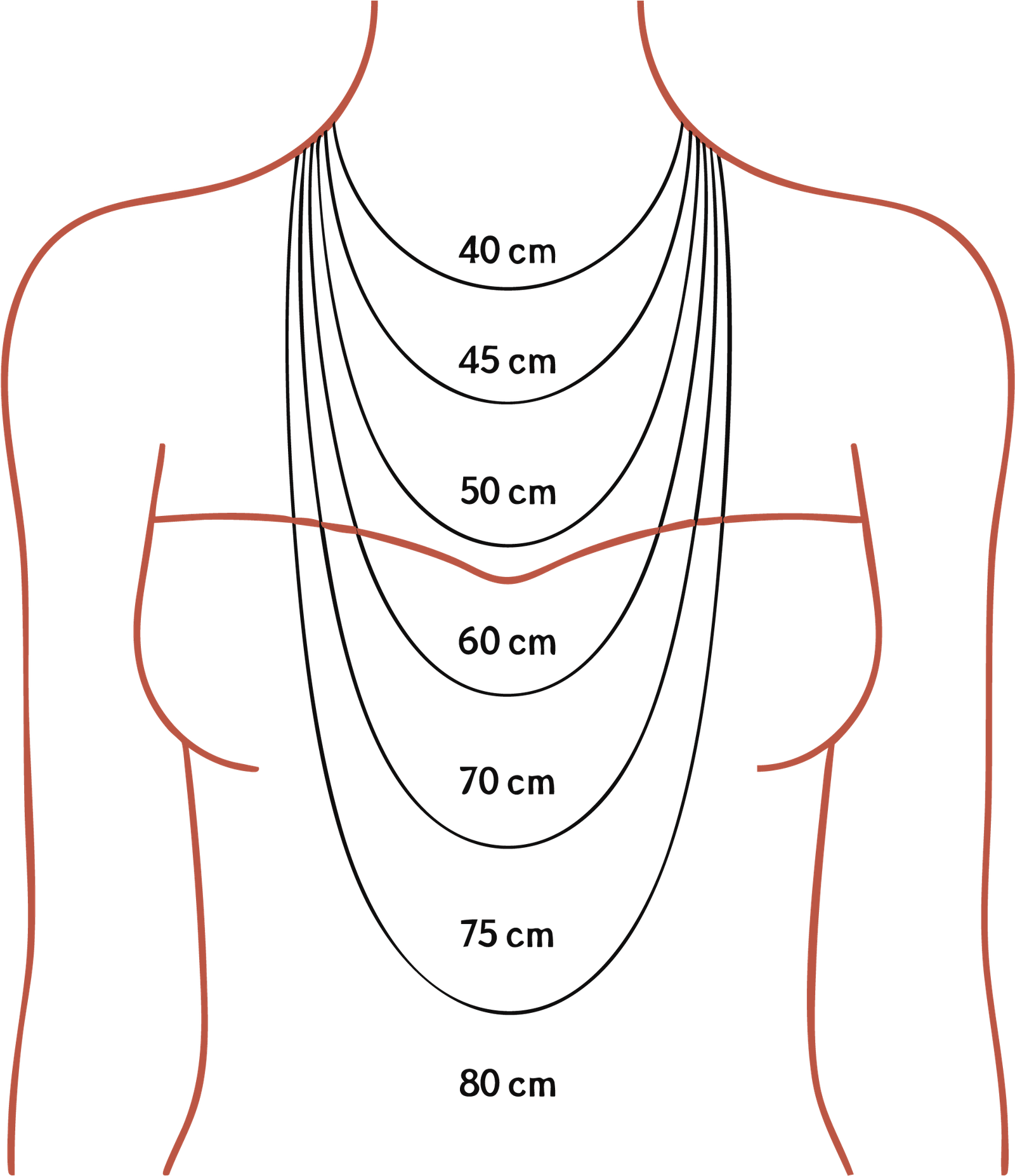LEMON
Citrine has been prized since antiquity for its golden radiance, evoking the warmth of the sun. Greek and Roman civilizations used it to create protective jewelry meant to attract prosperity and vitality. Long confused with topaz, it was not clearly identified as a variety of yellow quartz until the XVIIIᵉ century. Its name comes from the French word lemonin reference to its luminous hues. Citrine is still considered a lucky stone, radiating positivity.
GEM TYPE
MACROCRYSTALLINE QUARTZ
FAMILY
QUARTZ
COLOR(S)
PALE YELLOW
MOHS SCALE
7
GEOGRAPHICAL ORIGIN

Brazil
World's leading producer, notably in the state of Rio Grande do Sul
Russia
Uruguay
Madagascar
Zambia

A little history
Citrine was highly prized in Victorian England, where it often adorned brooches and pendants, but its use goes back much further. Merchants in the Middle Ages wore Citrines as talismans to protect themselves against theft and attract fortune. In Scotland, some clan ceremonial swords even had Citrines set in their pommels, a symbol of wealth and power.
LITHOTHERAPY
In lithotherapy, Citrine is recognized for its properties related to solar energy and vitality:



